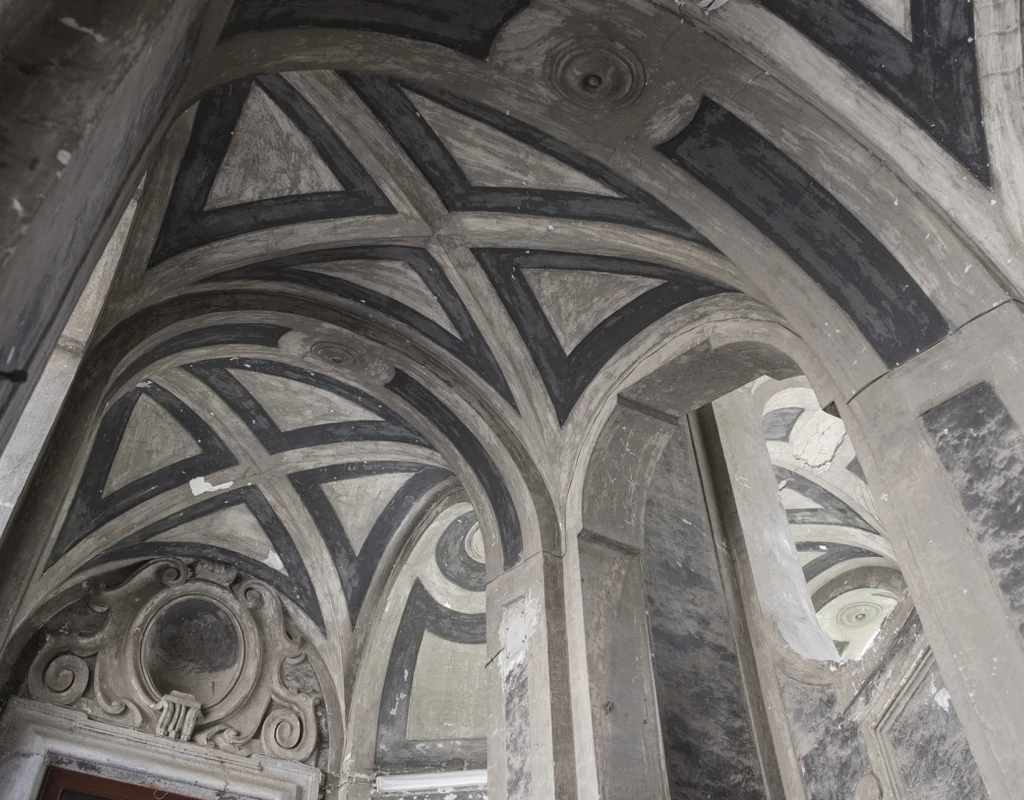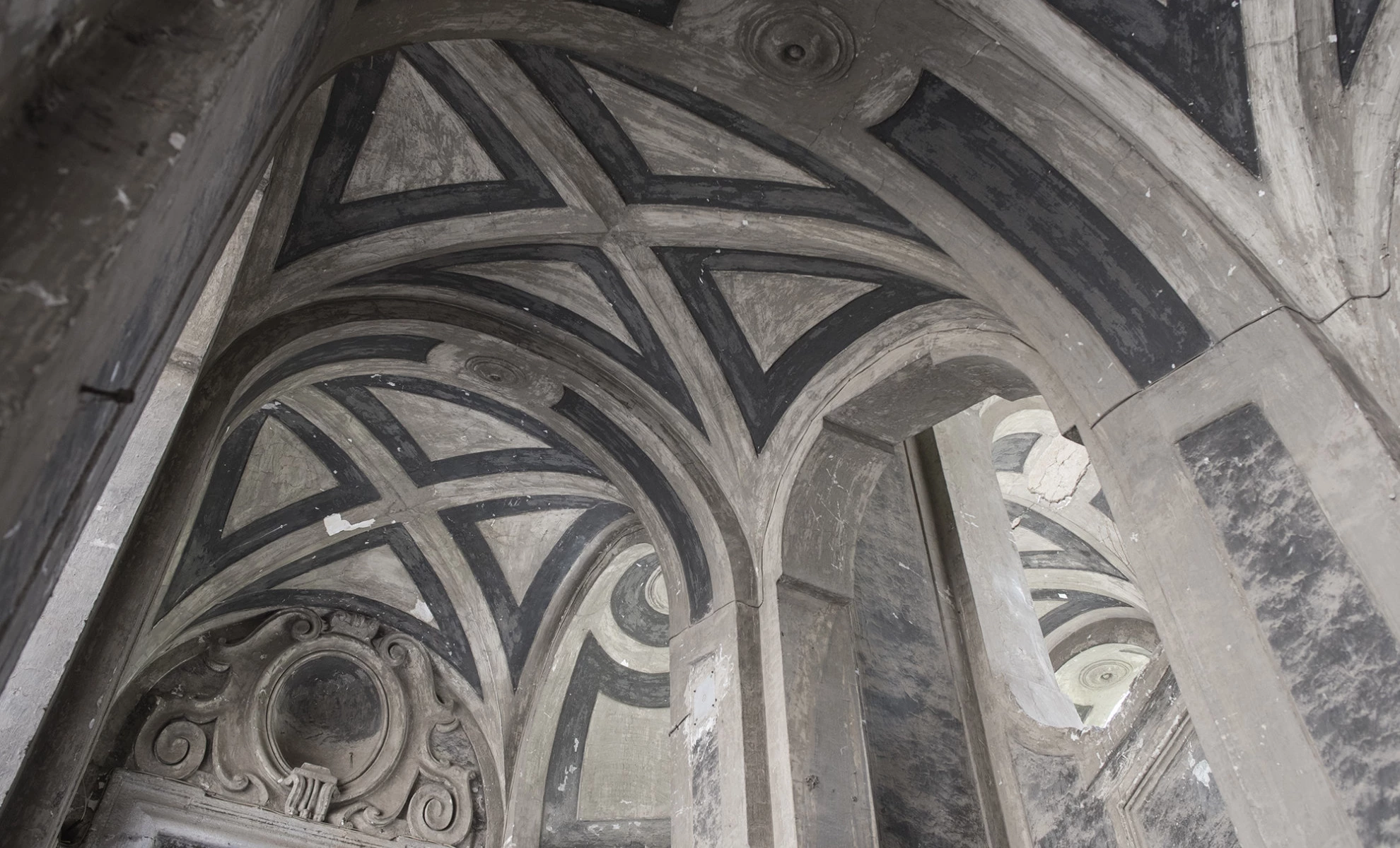Today he would undoubtedly be called an archistar. In the eighteenth century he was the most popular in Naples and in the Kingdom because with his inspiration he was able to transform churches and palaces into majestic works of art.
He was also a good set designer and showed his skills at funerals, weddings, births and any event that required surprising and unforgettable ideas. His signature can still be read in the city: Knight Ferdinando Sanfelice. For instance, on the facade of the building he built in 1728 for himself and his family in the Sanità district.
Walking in the neighborhood you can see a monumental portal framed by two sinuous sirens, above which a small balcony peeps out, while below is an epigraph that removes any doubt.
Ph. Anna Monaco
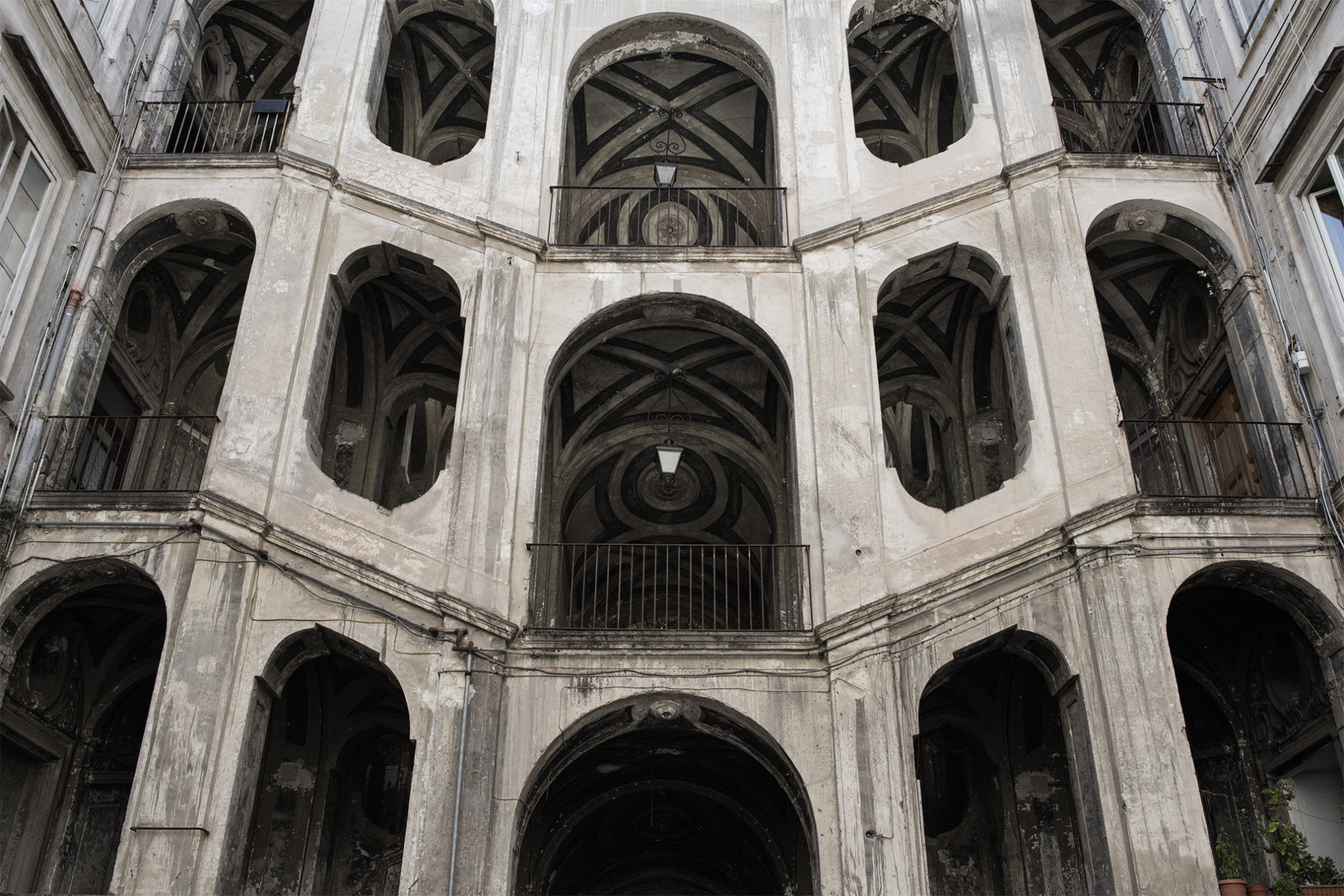
Ferdinandus Sanfelice patr. neap. ob eximiam loci salubritatem hasce aedes ab solo excitavit item operis curator inventor et dominus. Anno Domini MDCCXVIII
Ferdinando Sanfelice Neapolitan patrician, for the extraordinary healthiness of the place, built this house from the foundations. He was the designer, curator and owner of the work. A.D. 1728The epigraph on the facade of the building
An entrance worthy of such an important character, in piperno rock, majestic and identical to the one located a few meters away on the same sidewalk. But it is not the emulation attempt of an envious neighbor: it is the other entrance to the building: the Sanfelices, in fact, bought an existing building that the architect restored, and built another one next to it. Two buildings, two courtyards, two stairways, one building. But the oddities don't end here.
Ph. Anna Monaco
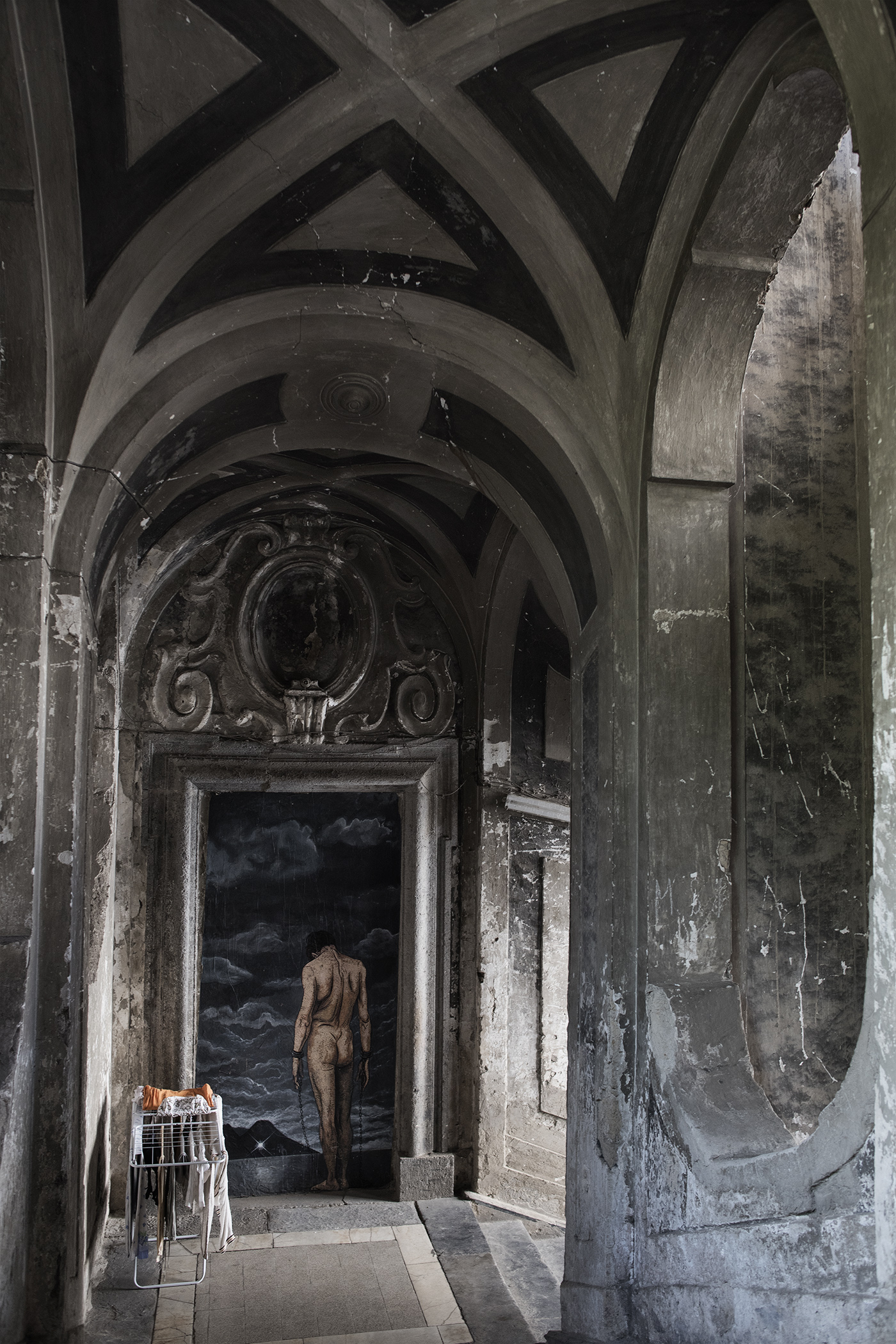
Ph. Anna Monaco
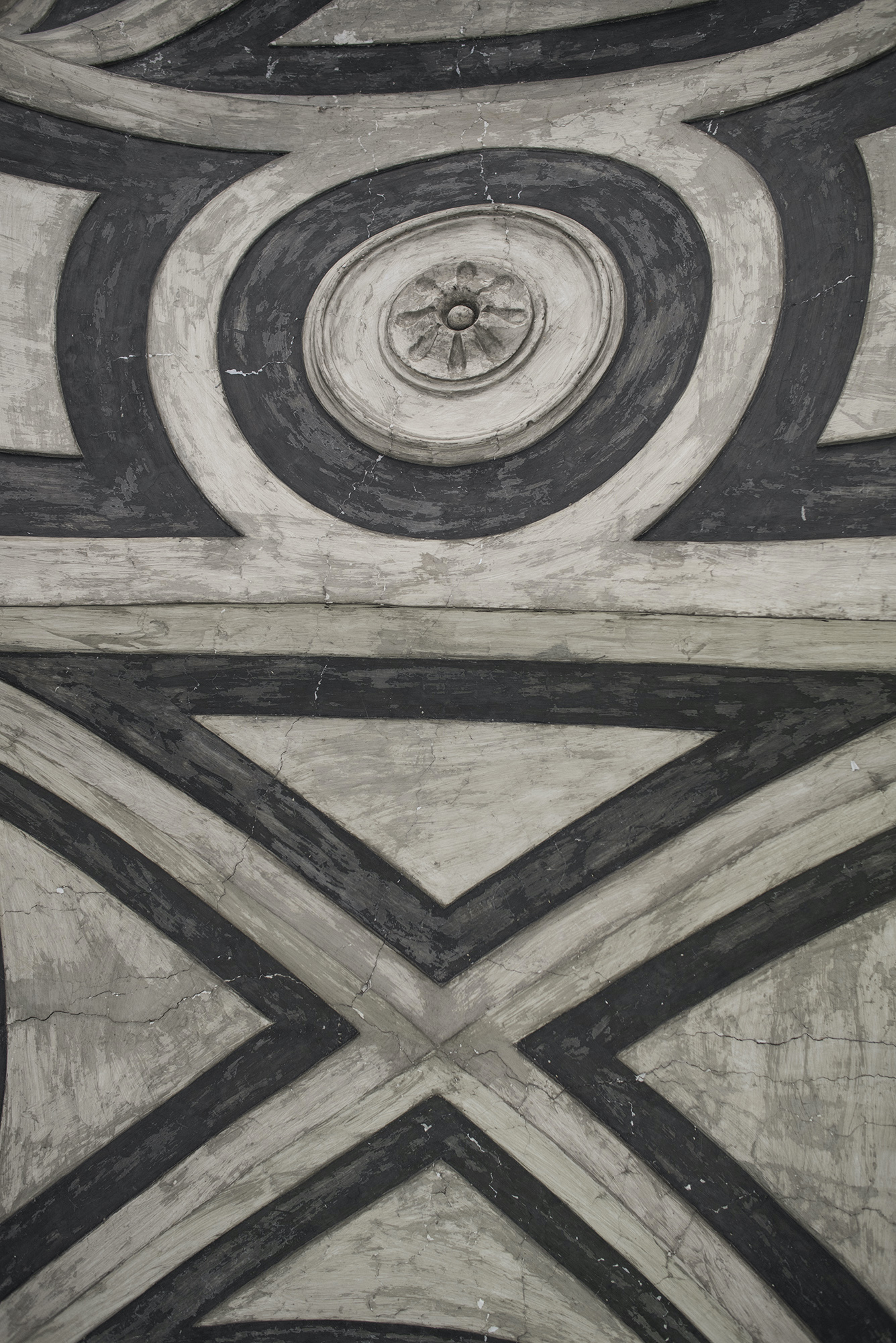
While the architects once focused mainly on the facade, with Sanfelice the staircase becomes the focal point: Ferdinando was known throughout the kingdom for his "extravagant" stairs, his authentic trademark. When you enter his home, just beyond the entrance, in the courtyard, you will find the very famous “hawk-winged” staircase, inventive and visionary, a double ramp that connects four floors over a height of fifteen meters.
Ph. Anna Monaco
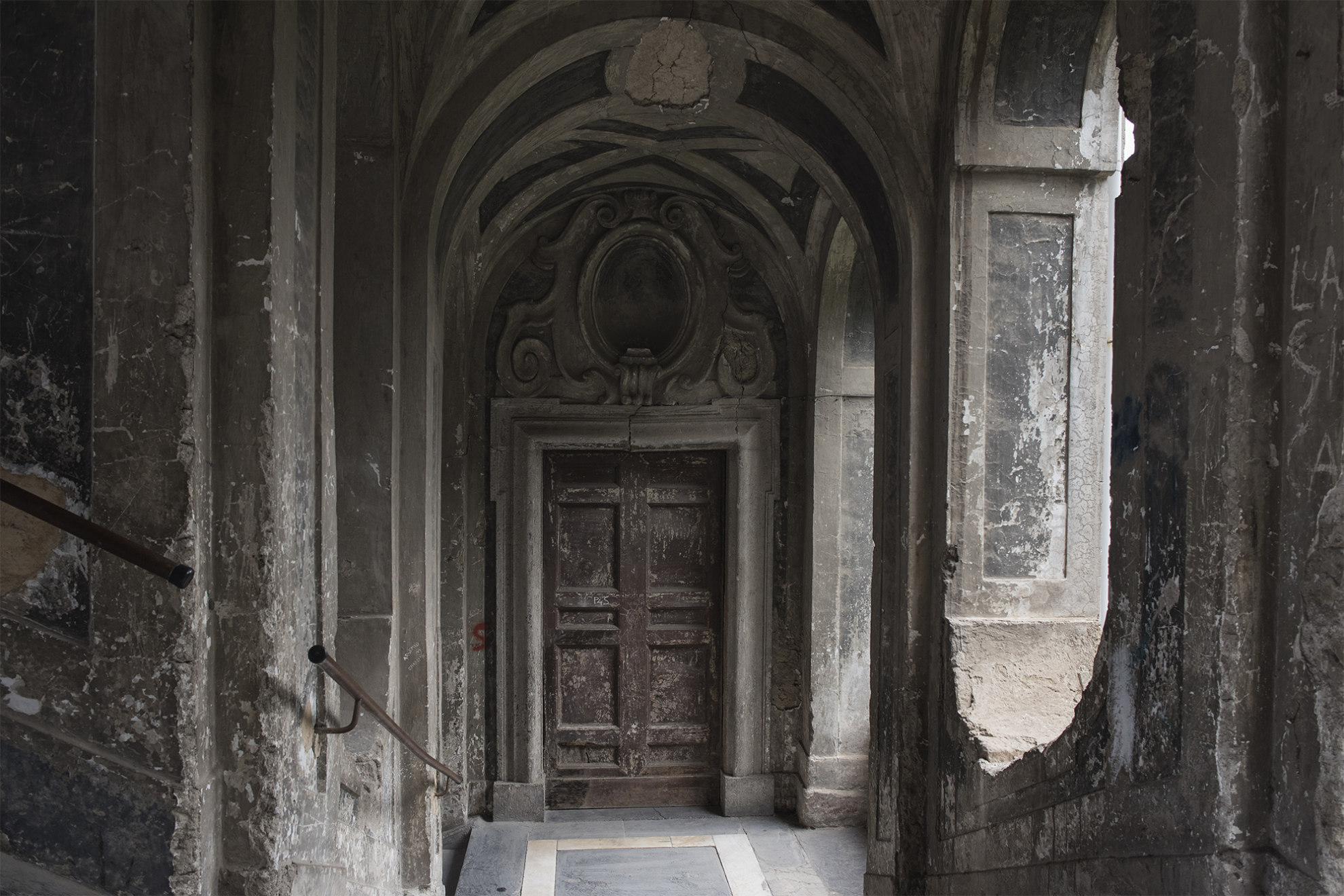
An imposing staircase, similar to a facade, which reveals the entrances to the apartments, makes some ramps visible and hides others, suddenly showing a lush garden. Walking up its steps is like venturing into a work by Escher, a vertigo of frames, arches and perspectives that are part of a scenography in which a daily show is set.
This staircase is an invitation to climb but also to seek a more unusual point of view. Driven by curiosity, you may be lucky enough to find a work of art. “The wind weighs as much as the chains” is the stencil by the French artist Zilda, one of the precious points of this staircase.
Ph. Anna Monaco
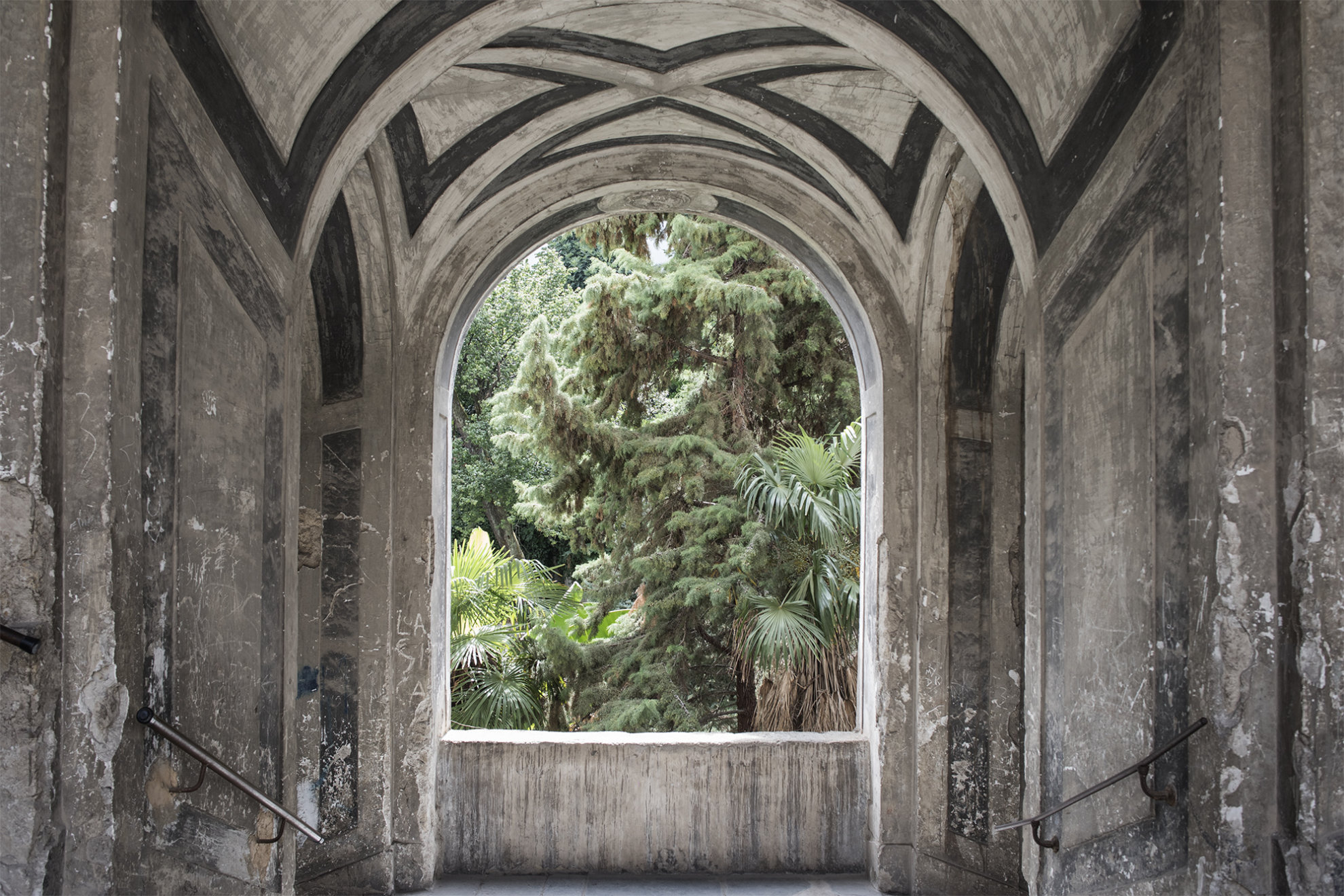
And it doesn't matter if it's a drying rack with clothes to dry, because it reminds us that this place, in addition to being a magnificent example of eighteenth-century architecture and a perfect film set, is first of all a palace, inhabited and full of life.
